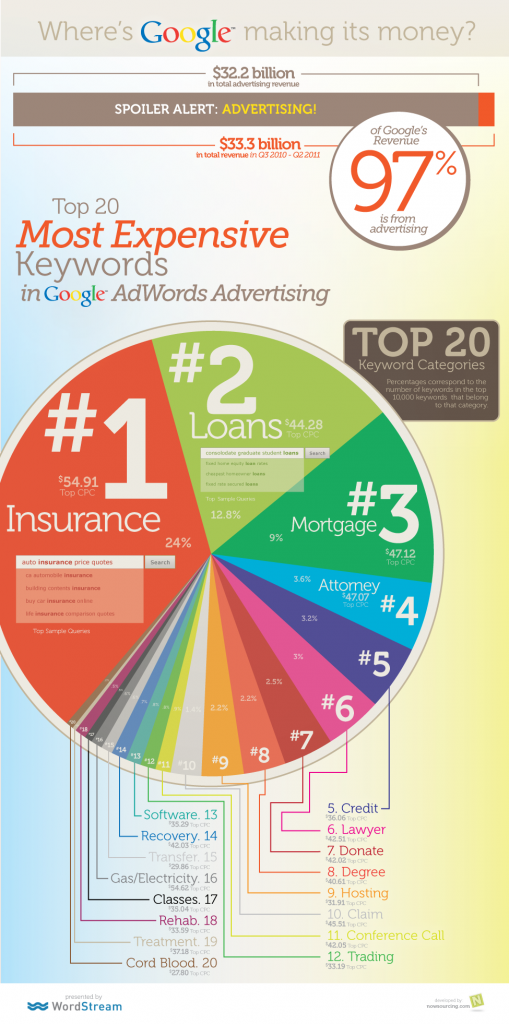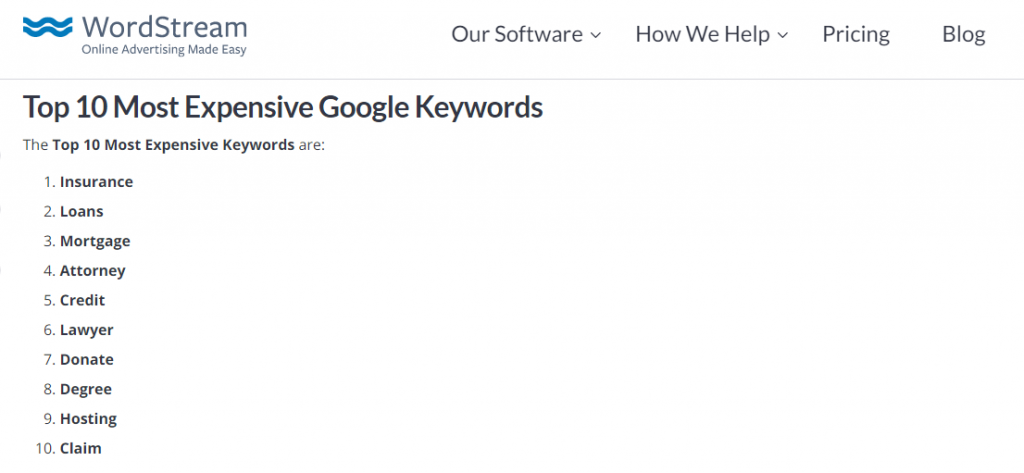Overview
Building your web audience means you have to be smarter with how you write your content. Most writers and marketers struggle with creating content that appeals to both search engines and humans.
At 27 percent, content production is the toughest challenge that marketers face.
Having a successful online business means you need to go beyond the “simply writing content” mentality. Your content needs to do three things,
- Appeal to your users (readers, customers, prospects, etc.)
- Solve a specific problem
- Rank on search engines
So it begs the question, should you create content for search engines or humans first? Can you create content for both humans and search engines?
People or Search Engines: Who Comes First?
SEO tends to be confusing for some people, but it shouldn’t be. Understand that humans come first before any search algorithm. Lots of SEO firms make their money by following this concept.
Your content is meant for people. SEO is designed to find your target customers and make your content visible to them. Google won’t pay you for ranking at the top; neither will it subscribe to your site. But humans will do these things for you.
Albeit, it doesn’t mean you can’t write something that both parties would love.
How to Write for Humans and Search Engines
Creating content that attains high rankings and inspires people to read doesn’t always come easy. Which is why you’ll need all the help you can get. To understand how to write SEO friendly articles, you may want to pay attention to how software like Yoast breaks down your post.
Writing for Search Engines
The Yoast analyzer is one search engine word reader every WordPress user knows and loves. It’s completely free except for the upgrades. You can install and access it from your WordPress Dashboard.
The Yoast plugin operates around your focus keyword. It analyzes your post and provides useful information on it.

Image Source: Coshedule
Choose the focus keyword you want your content to rank for and input it into the assigned section. It’ll take a couple of seconds for Yoast to analyze the text and produce a report.
Ensure that your slug is short and isn’t off-point. Your slug here is the end phrase of your post’s URL. It shouldn’t contain stop words and should be concise.
Add a reasonable amount of inbound links, i.e., internal links, and outbound links, i.e., external links. Using inbound links engage your audience and keep them longer on your site.

“On average, lengthy content ranks better. This preference for long content is because readers usually show a higher level of engagement with the content more than shorter content.”
Michael Jenkins
To help the search engines understand your content, you want the keyword to appear often enough. SEO profs advise that you apply a keyword density of 0.8 percent to 2 percent. Excessive use of keywords tells the search engines that you’re trying to game their algorithms.
Writing for Humans
Yoast also covers this part with its “Readability Section.” You can access this feature from WordPress’s Edit Posts page by clicking on ‘Readability.’

- Green means your content is great
- Orange means it’s average and still needs work
- Red means it’s terrible and requires serious work.
Since you want your readers to like your post and probably subscribe to your page, you should do the following;
- Employ the aid of proper subheadings
- Sentences shouldn’t exceed twenty words. Concise texts are easier to read.
- Avoid using technical words or jargon
- Make paragraphs shorter
- Employ more transition words or phrases
- Eliminate or avoid passive voice
- Write intriguing and compelling headlines
SEO Keywords and Keyphrases: Is There a Difference?
A keyword is any term or phrase you use while researching with a search engine. It’s usually a single word or language relating to your business or brand.
Keyphrases, on the other hand, are the combination of those keywords. Keywords and keyphrases are search terms that best describe the content of your post or page.
They both describe your post’s essence. The only difference between the two is that while keywords comprise of single words, keyphrases include a bunch of keywords in a string.
How to Research Keywords and Keyphrases
Take the time to brainstorm lists of topics (broad) that relate to your particular business. If you own a clothing store, you might need to break down your topics by the types of items you sell.
Once that’s settled, use keyword tools to search for specific keywords within each topic or phrase.a
Cost of Keyword Research

Image Source: WordStream
Luckily, there are tons of excellent keyword research tools (both paid and free options).
Ahrefs (one of the best research tools) has four plans. The trial version ($7 per 7 days) accompanies the Lite and Standard subscriptions. The rates for online marketers, freelancers, and more prominent brands cost around $82 per month annually.
SEMrush’s plans fall almost within the same range, with the Pro plan starting at $83. Other options include the Guru package ($166) and the Business plan ($333).
KWFinder has three bundles; Basic ($30), Premium ($40), and Agency ($80).
Tools like Google Keyword Planner and Serpstat are free. Serpstat has a trial membership that allows you to subscribe for $55.20 monthly eventually.

Image Source: WordStream
Final Words
Navigating the intricate terrain of content creation, where the balance between appeasing search engines and captivating human readers often seems elusive, demands strategic finesse. Content producers, grappling with the challenge of crafting material that resonates with both algorithms and audiences, stand at a crossroads. The essence lies in acknowledging that the ultimate recipients of content are humans, with search engines merely facilitating discoverability.
Prioritising user experience is pivotal, as content shaped for humans fosters connection, engagement, and brand loyalty. Tools like Yoast’s “Readability Section” aid in structuring content to resonate with readers, promoting concise texts, meaningful subheadings, and compelling headlines.
While creating content for humans takes precedence, the harmonious synergy between captivating narratives and search engine optimisation is achievable. Keywords and keyphrases serve as the bridge, embodying the essence of content for both users and search engines. Researching and selecting these elements meticulously ensures your content is not only discoverable but also resonates with your target audience.
When you put in place all the required factors, you’ll see it’s entirely possible creating content that humans and search engines will love. Granted, it might take a little effort and insight from you.

